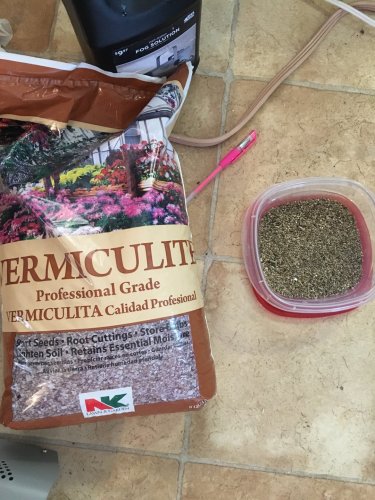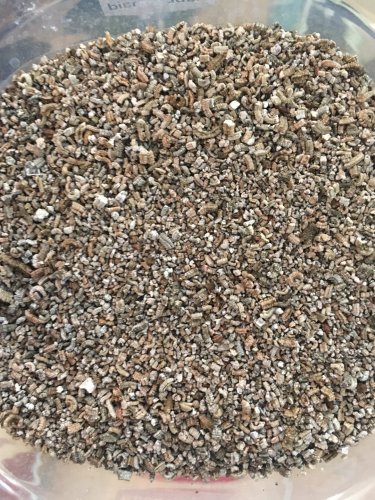OrangeJuice
Established Member
So I keep reading everywhere about various mediums to incubate Veiledy eggs. Which would y'all recommend? If possible could I get the reason why you can't incubate the eggs in the same medium that the girl laid her eggs in? I bought some vermiculite but if there's something better I'd appreciate the ideas 



